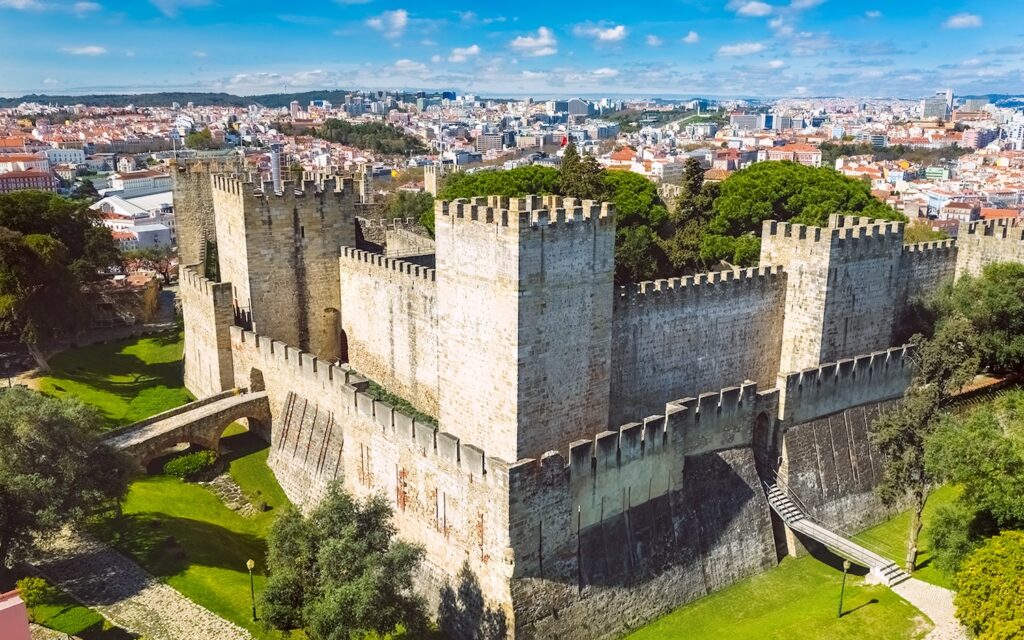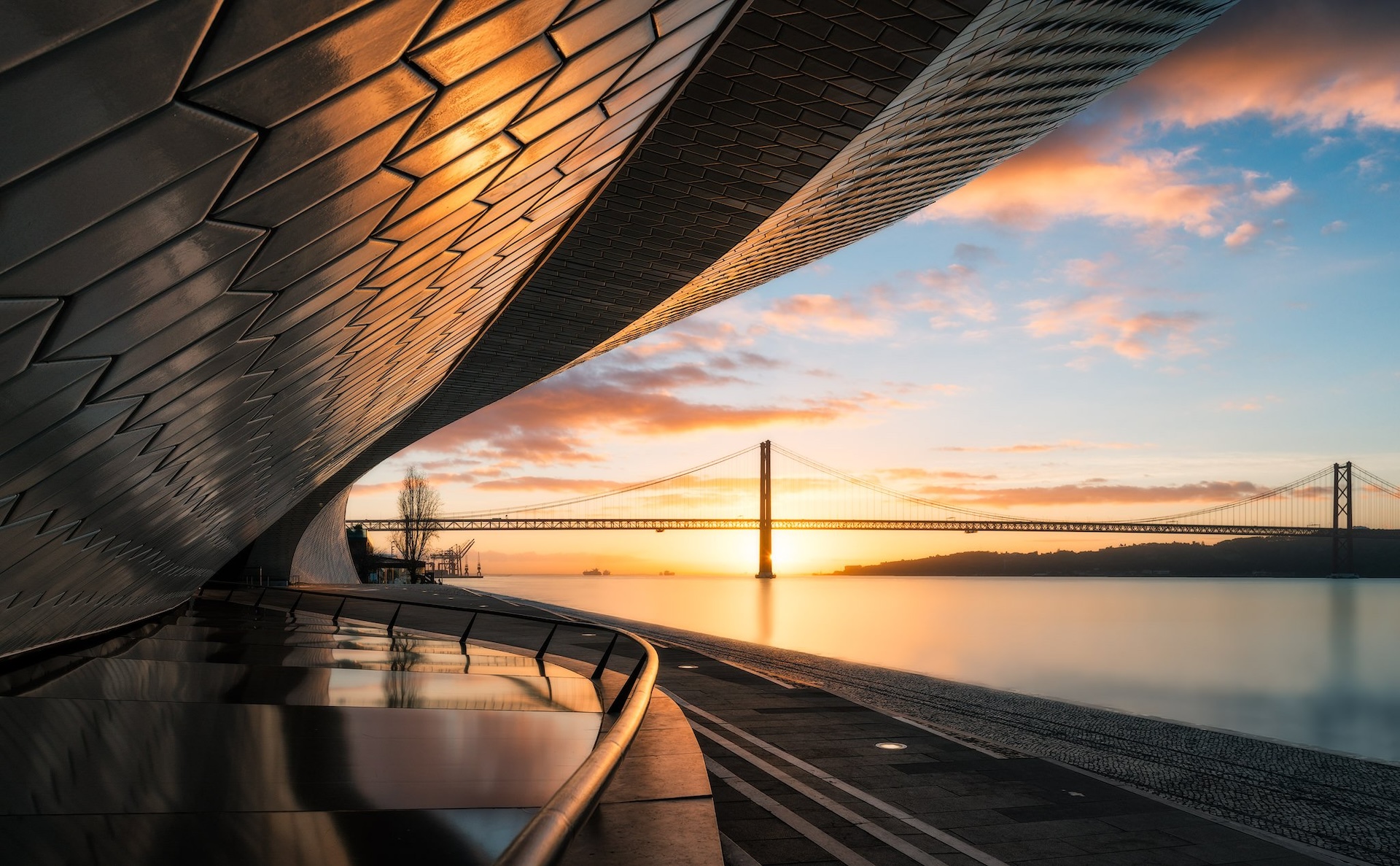
10 May Lisbon’s Architectural Gems: A Journey Through Time and Style
Lisbon, the captivating capital of Portugal, boasts a rich tapestry woven from history, culture, and architectural marvels. This vibrant city has been shaped by various eras and influences, leaving behind a stunning legacy in the form of monuments, churches, and buildings. From ancient Moorish strongholds to the minimalist lines of modern structures, Lisbon offers an architectural feast for the eyes. So, lace up your walking shoes and get ready to explore five must-see architectural landmarks that will transport you through time:
1. São Jorge Castle: A Majestic Guardian on the Hill
Towering over the city on a hilltop, São Jorge Castle (Castelo de São Jorge) is a majestic symbol of Lisbon’s resilience. Its origins trace back to the 2nd century BC, though the imposing Moorish citadel we see today dates mainly from the 11th to 14th centuries. Wander through its fortified walls and explore the archaeological remains that whisper stories of bygone eras. Climb to the highest points and be rewarded with breathtaking panoramic views of the city and the Tagus River. São Jorge Castle is a testament to Lisbon’s strategic importance as a port city and a captivating introduction to the city’s architectural journey.
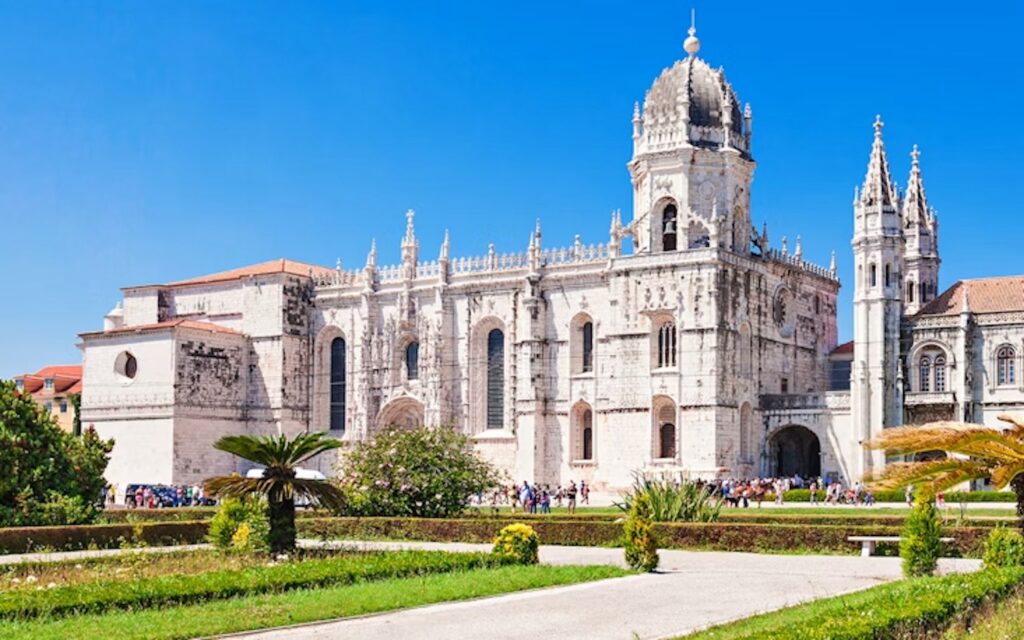
2. Jerónimos Monastery: Manueline Masterpiece
A UNESCO World Heritage Site, the Jerónimos Monastery (Mosteiro dos Jerónimos) is a masterpiece of Portuguese Manueline architecture. This flamboyant style, unique to Portugal, flourished during the Age of Exploration and is characterized by nautical motifs, intricate stonework, and elaborate window tracery. Stepping into the monastery’s church is akin to entering a work of art. Soaring ceilings adorned with elaborate vaults, ornate tombs of Portuguese explorers like Vasco da Gama, and stained glass windows casting colorful hues create an atmosphere of awe-inspiring beauty. The adjoining cloister, a tranquil haven with intricately carved pillars and lush greenery, offers a moment of peaceful reflection.
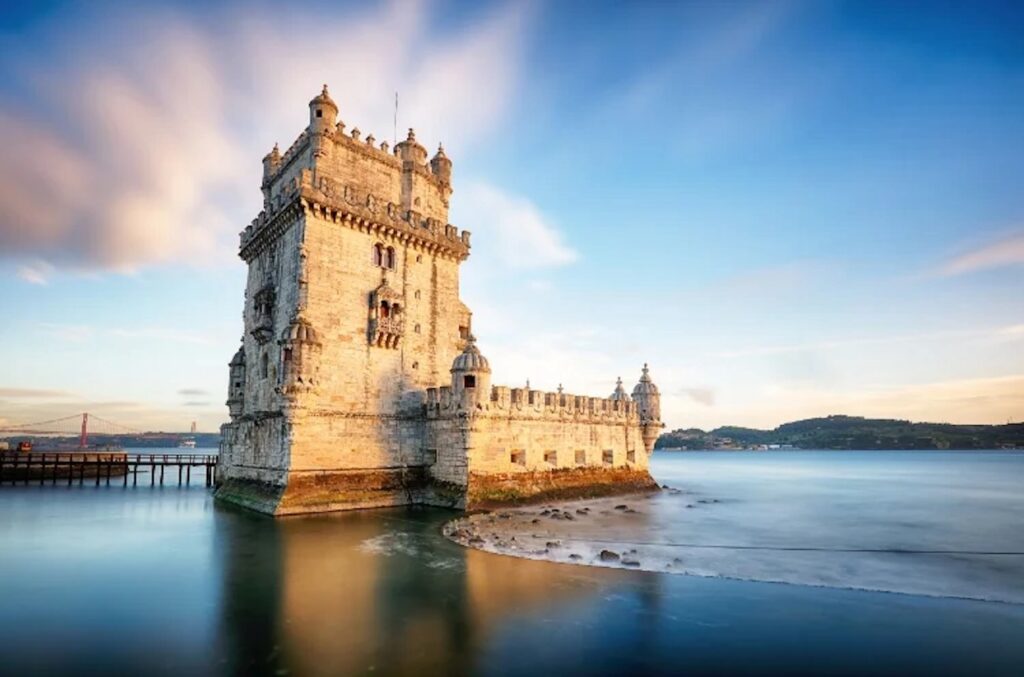
3. Belém Tower: A Jewel on the Waterfront
Standing sentinel at the mouth of the Tagus River, the Belém Tower (Torre de Belém) is an iconic landmark and a UNESCO World Heritage Site. Built in the early 16th century, it served as a defensive fortress and a ceremonial gateway to Lisbon during the Age of Discovery. Its Manueline design is evident in the elaborate stonework, gargoyle-like figures perched on the corners, and ornate watchtowers. Climb the spiral staircase for stunning views of the river and the cityscape. The Belém Tower is not only a testament to Portugal’s maritime prowess but also an architectural gem that embodies the spirit of exploration.
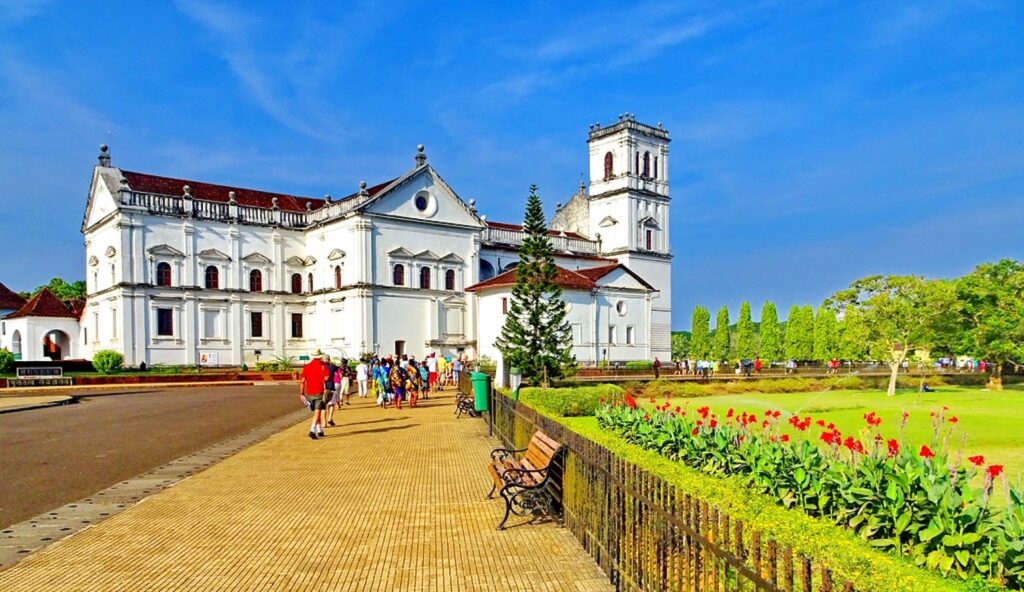
4. Sé Cathedral: A Beacon of Faith
Nestled in the heart of Lisbon’s historic Alfama district, the Sé Cathedral (Sé de Lisboa) is the city’s oldest church. Its construction began in the 12th century and continued for centuries, resulting in a fascinating blend of architectural styles, from Romanesque to Gothic to Baroque. The imposing facade features a rose window and two fortified towers, while the interior boasts a sense of grandeur, with soaring columns, ribbed vaults, and stained glass windows. Explore the chapels adorned with azulejo tiles, a traditional Portuguese art form featuring painted ceramic tiles, depicting religious scenes and geometric patterns. The Sé Cathedral is a spiritual and architectural landmark, offering a glimpse into Lisbon’s long and rich history.
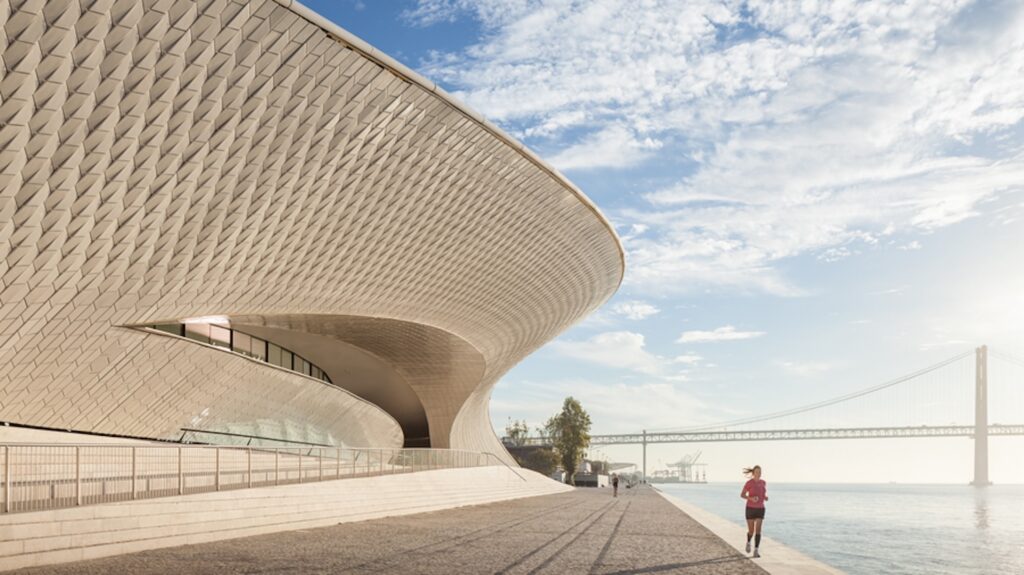
5. MAAT: A Modern Marvel on the Riverbank
Lisbon isn’t just about its historic past; it also embraces contemporary architecture. The Museum of Art, Architecture, and Technology (MAAT) is a striking example of this forward-thinking approach. Designed by renowned British architect Amanda Levete, the museum resembles a series of fluid white cubes that seem to rise organically from the banks of the Tagus River. The building’s exterior is clad in reflective tiles that shimmer and change color depending on the light, creating a mesmerizing spectacle. MAAT’s innovative design houses thought-provoking art exhibitions, while the rooftop terrace offers breathtaking panoramic views of the city and the river. This architectural gem is a testament to Lisbon’s ability to blend its rich past with a visionary future.
Beyond the Must-Sees: A City Full of Architectural Surprises
Lisbon is a city brimming with architectural gems waiting to be discovered. Get lost in the charming Alfama district with its narrow, winding streets and colorful houses adorned with azulejos. Admire the grandeur of the Praça do Comércio, a magnificent square framed by neoclassical buildings, or marvel at the intricate facade of the Church of São Roque, a baroque masterpiece cloaking a surprisingly minimalist interior.
Its architecture is more than just bricks and mortar; it’s a captivating story etched in stone, tile, and glass. It’s a testament to the city’s resilience, its adventurous spirit, and its ever-evolving identity. As you explore these architectural landmarks and hidden gems, you’ll embark on a journey through time, witnessing the influences of various eras and cultures that have shaped Lisbon into the vibrant city it is today.
Don’t just admire Lisbon’s architecture from afar. Take a closer look and engage all your senses. Run your fingers along the weathered stone walls of São Jorge Castle, feeling the weight of history. Step inside the Jerónimos Monastery and be enveloped by the scent of incense and the soft sounds of chanting. Trace the intricate patterns of the azulejos adorning the Sé Cathedral. As you explore, pay attention to the light playing on the facade of the MAAT, creating a mesmerizing ever-changing spectacle. These details add layers of depth and richness to your architectural experience. Its architectural beauty extends beyond the iconic landmarks. Wander through the charming neighborhoods and discover the hidden gems tucked away on quiet streets. Admire the colorful facades of the houses in Alfama, each one a unique canvas. Notice the intricate wrought-iron balconies adorning the buildings of Chiado, a testament to the city’s artistic heritage. Take a ride on the iconic yellow Tram 28, a slow journey that allows you to appreciate the architectural details of the city at a leisurely pace. Lisbon is a city to be savored, not rushed. Embrace the slow pace, get lost in its maze-like streets, and allow yourself to be surprised by the architectural treasures waiting to be discovered…

